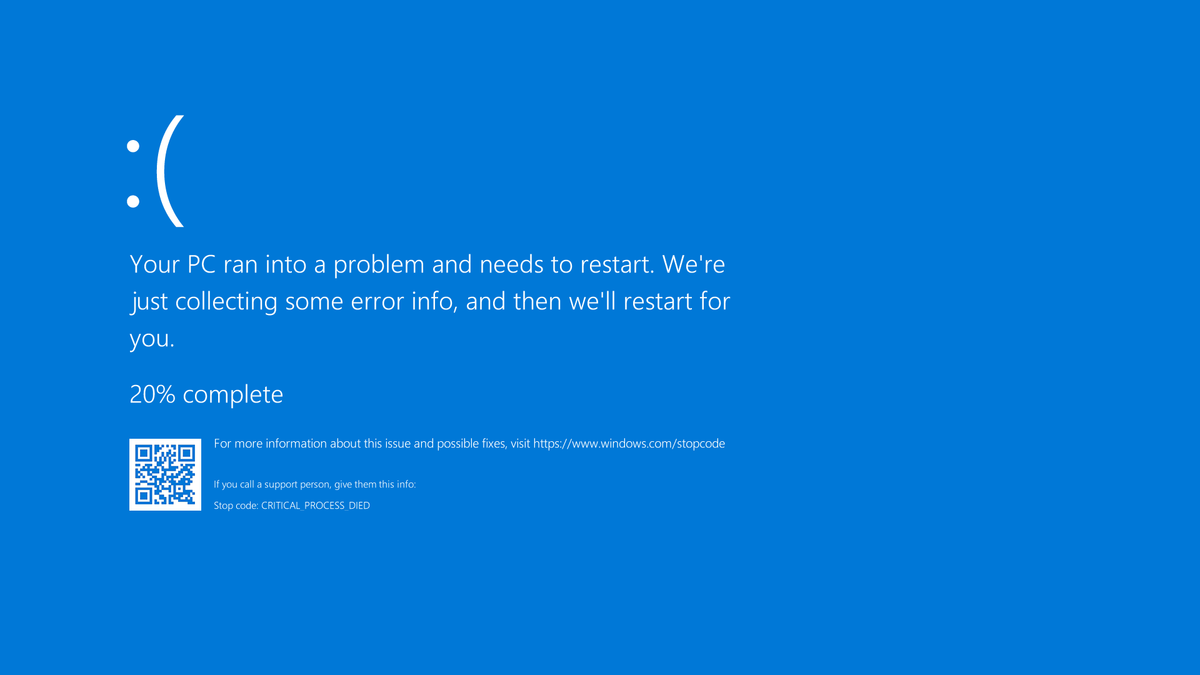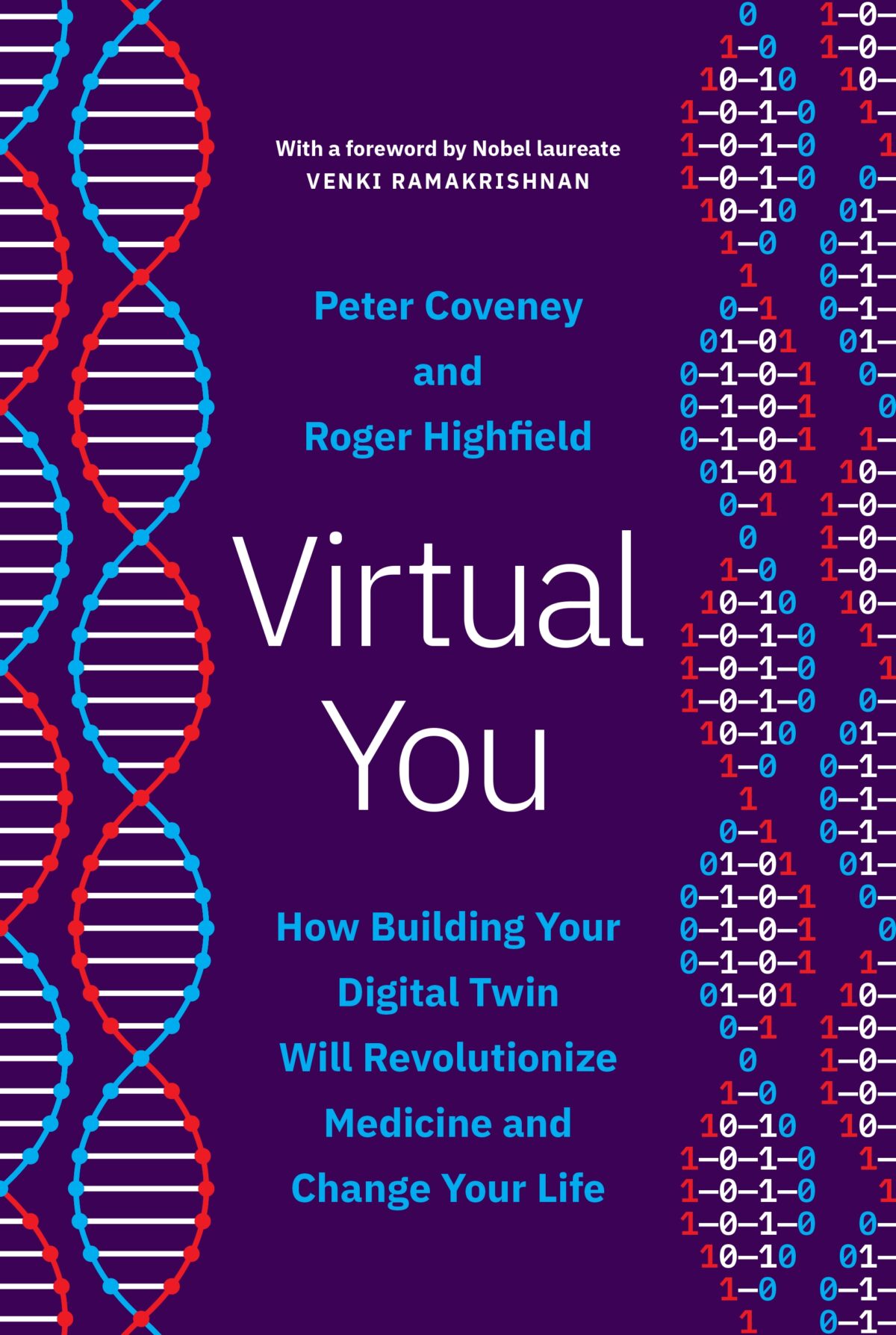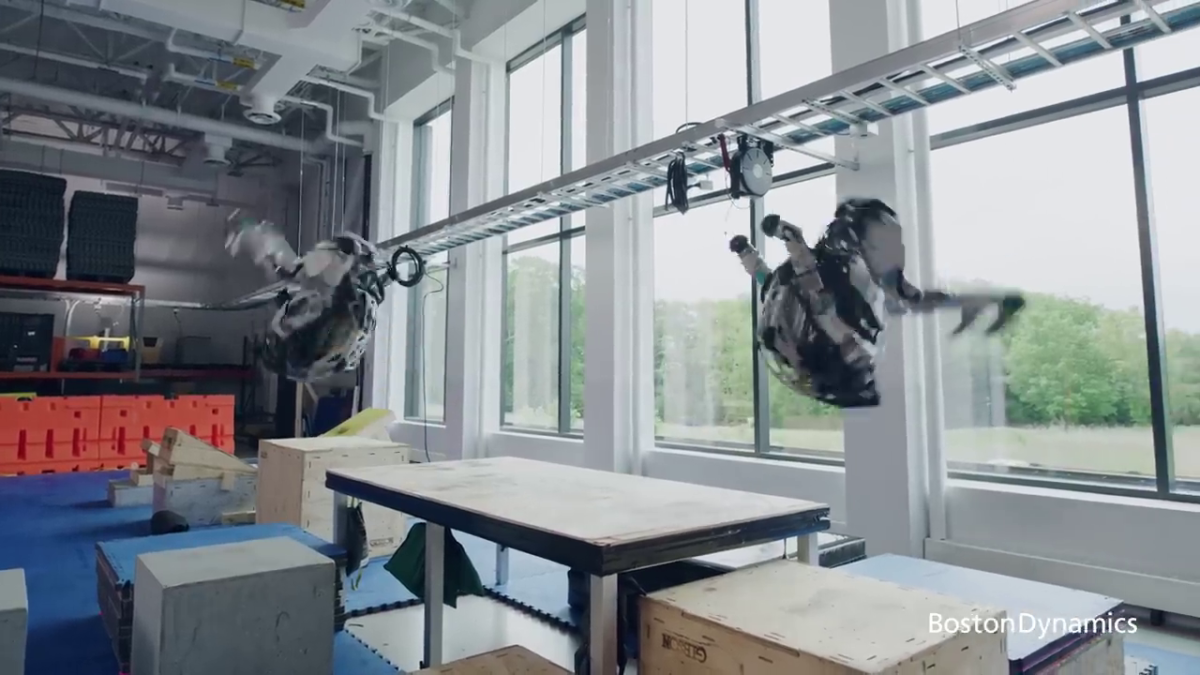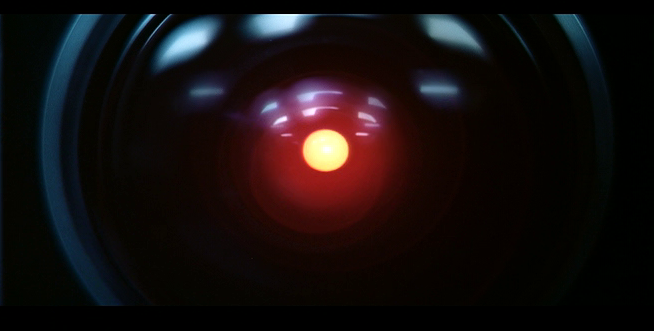The Internet was, famously, created to withstand a bomb outage. In 1998 Matt Blaze and Steve Bellovin said it, in 2002 it was still true, and it remains true today, after 50 years of development: there are more efficient ways to kill the Internet than dropping a bomb.
Take today. The cybersecurity company Crowdstrike pushed out a buggy update, and half the world is down. Airports, businesses, the NHS appointment booking system, supermarkets, the UK’s train companies, retailers…all showing the Blue Screen of Death. Can we say “central points of failure”? Because there are two: Crowdstrike, whose cybersecurity is widespead, and Microsoft, whose Windows operating system is everywhere.
Note this hasn’t killed the *Internet*. It’s temporarily killed many systems *connected to* the Internet. But if you’re stuck in an airport where nothing’s working and confronted with a sign that says “Cash only” when you only have cards…well, at least you can go online to read the news.
The fix will be slow, because it involves starting the computer in safe mode and manually deleting files. Like Y2K remediation, one computer at a time.
***
Speaking of things that don’t work, three bits from the generative AI bubble. First, last week Goldman Sachs issued a scathing report on generative AI that concluded it is unlikely to ever repay the trillion-odd dollars companies are spending on it, while its energy demands could outstrip available supply. Conclusion: generative AI is a bubble that could nonetheless take a long time to burst.
Second, at 404 Media Emanuel Weiburg reads a report from the Tony Blair Institute that estimates that 40% of tasks performed by public sector workers could be partially automated. Blair himself compares generative AI to the industrial revolution. This comparison is more accurate than he may realize, since the industrial revolution brought climate change, and generative AI pours accelerant on it.
TBI’s estimate conflicts with that provided to Goldman by MIT economist Daron Acemoglu, who believes that AI will impact at most 4.6% of tasks in the next ten years. The source of TBI’s estimate? ChatGPT itself. It’s learned self-promotion from parsing our output?
Finally, in a study presented at ACM FAccT, four DeepMind researchers interviewed 20 comedians who do live shows and use AI to participate in workshops using large language models to help write jokes. “Most participants felt the LLMs did not succeed as a creativity support tool, by producing bland and biased comedy tropes, akin to ‘cruise ship comedy material from the 1950s, but a bit less racist’.” Last year, Julie Seabaugh at the LA Times interviewed 13 professional comedians and got similar responses. Ahmed Ahmed compared AI-generated comedy to eating processed foods and, crucially, it “lacks timing”.
***
Blair, who spent his 1997-2007 premiership pushing ID cards into law, has also been trying to revive this longheld obsession. Two days after Keir Starmer took office, Blair published a letter in the Sunday Times calling for its return. As has been true throughout the history of ID cards (PDF), every new revival presents it as a solution to a different problem. Blair’s 2024 reason is to control immigration (and keep the far-right Reform party at bay). Previously: prevent benefit fraud, combat terorism, streamline access to health, education, and other government services (“the entitlement card”), prevent health tourism.
Starmer promptly shot Blair down: “not part of the government’s plans”. This week Alan West, a home office minister 2007-2010 under Gordon Brown, followed up with a letter to the Guardian calling for ID cards because they would “enhance national security in the areas of terrorism, immigration and policing; facilitate access to online government services for the less well-off; help to stop identity theft; and facilitate international travel”.
Neither Blair (born 1953) nor West (born 1948) seems to realize how old and out of touch they sound. Even back then, the “card” was an obvious decoy. Given pervasive online access, a handheld reader, and the database, anyone’s identity could be checked anywhere at any time with no “card” required.
To sound modern they should call for institutionalizing live facial recognition, which is *already happening* by police fiat. Or sprinkled AI bubble on their ID database.
Databases and giant IT projects that failed – like the Post Office scandal – that was the 1990s way! We’ve moved on, even if they haven’t.
***
If you are not a deposed Conservative, Britain this week is like waking up sequentially from a series of nightmares. Yesterday, Keir Starmer definitively ruled out leaving the European Convention on Human Rights – Starmer’s background as a human rights lawyer to the fore. It’s a relief to hear after 14 years of Tory ministers – David Cameron,, Boris Johnson, Suella Braverman, Liz Truss, Rishi Sunak – whining that human rights law gets in the way of their heart’s desires. Like: building a DNA database, deporting refugees or sending them to Rwanda, a plan to turn back migrants in boats at sea.
Principles have to be supported in law; under the last government’s Public Order Act 2023 curbing “disruptive protest”, yesterday five Just Stop Oil protesters were jailed for four and five years. Still, for that brief moment it was all The Brotherhood of Man.
Illustrations: Windows’ Blue Screen of Death (via Wikimedia).
Wendy M. Grossman is the 2013 winner of the Enigma Award. Her Web site has an extensive archive of her books, articles, and music, and an archive of earlier columns in this series. She is a contributing editor for the Plutopia News Network podcast. Follow on Mastodon.






